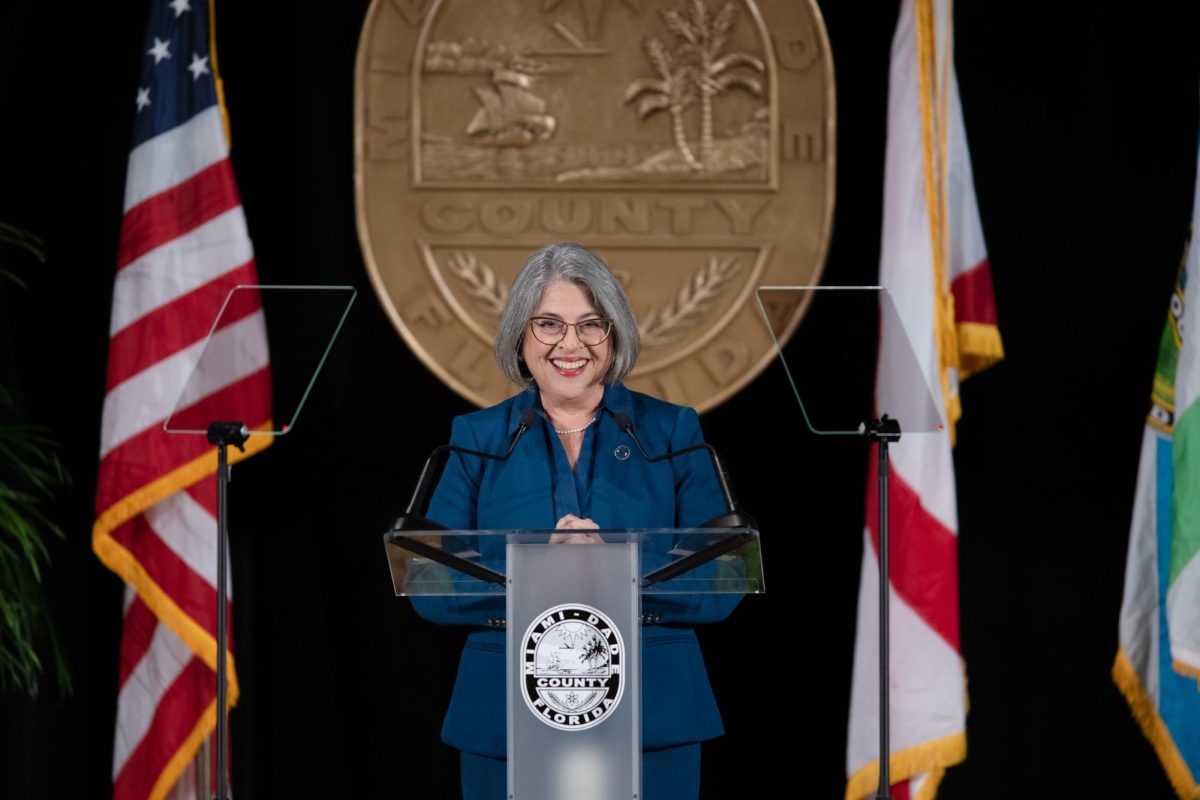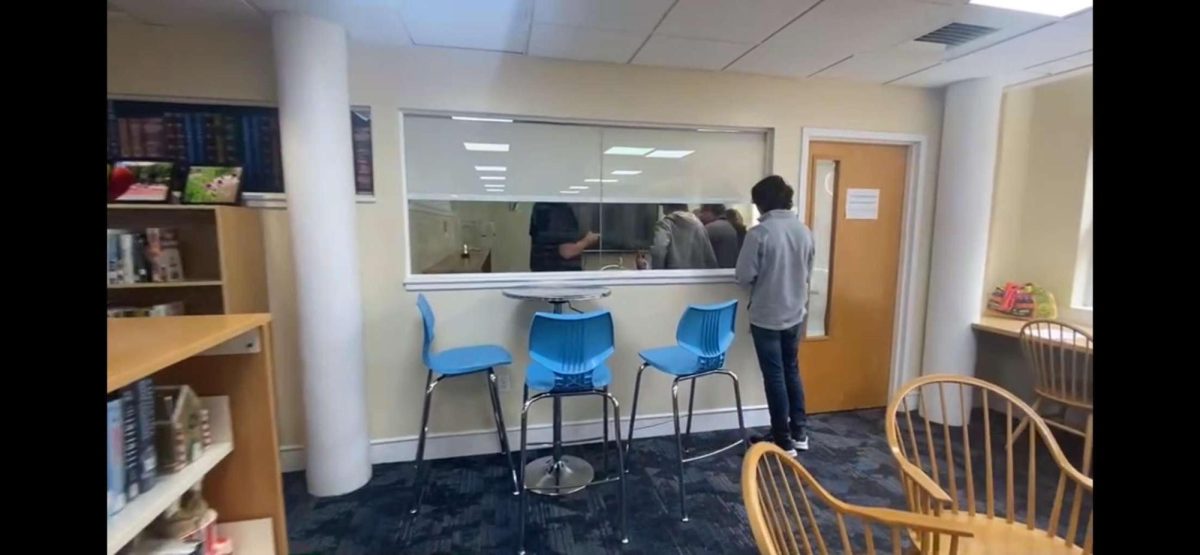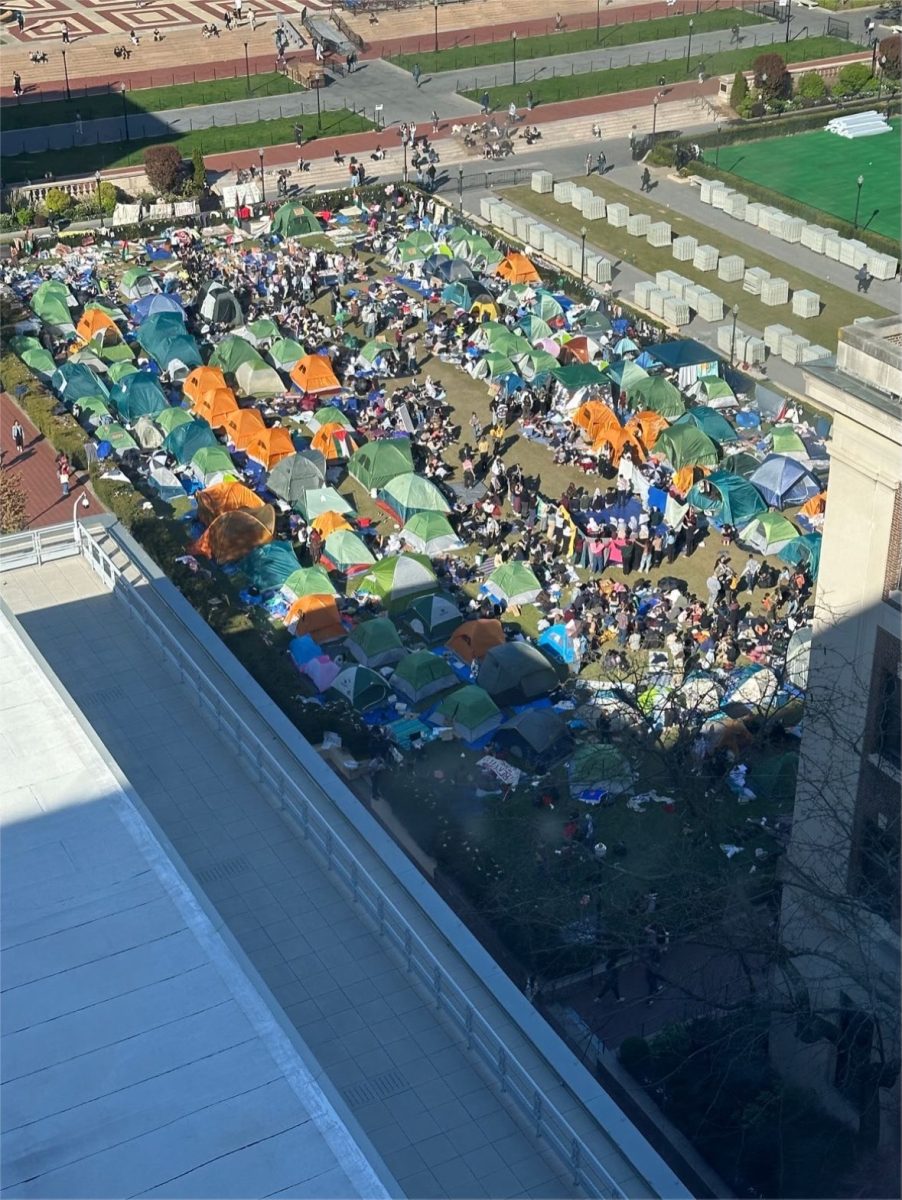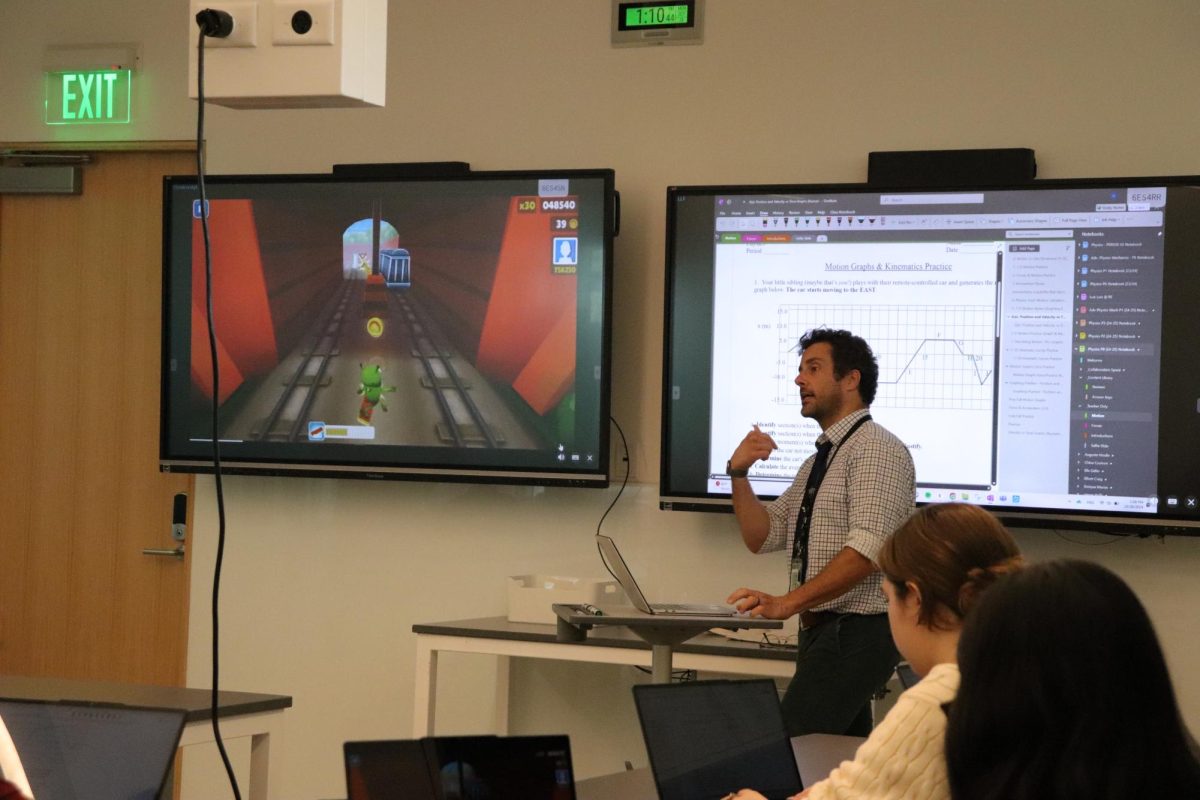At Gulliver Preparatory School, the constant buzz of notifications has faded, replaced by an unexpected quiet. The reason? A new policy that requires students to lock away their phones during the school day. It’s a bold move aimed at curbing distractions and improving focus in the classroom. But it’s sparking debate: Will the phone ban boost learning, or will it disconnect students from their social lives?
The idea was inspired by Jonathan Haidt’s “The Anxious Generation,” a new book in which Haidt explores how being constantly plugged in leads to anxiety and chips away at face-to-face interactions. Since its publication in March, the national bestseller has been catalyzing phone ban initiatives in schools across the country.
Gulliver’s Dean of Students, Tyrone Sandaal, was particularly struck by a section on how digital distractions shatter focus. “The book hit the right note at the right time,” he said, recognizing similar behavior in his students.
To implement this new policy, Gulliver requires students to secure their phones in specialized lockable magnet pouches at the start of the school day. These pouches remain sealed all the way until dismissal, when students queue at designated stations to have them unlocked by a machine. In case of an emergency, students can visit the front office to unlock their phones.
Rolling out such a change hasn’t been without its challenges. “The key question is how to take this program and make it work for our community,” Sandaal admitted.
But early signs show promise. One moment stood out to Sandaal: “When the first student expressed surprise they finished their work early—something they hadn’t done before—my ears perked up.”
Both teachers and students are noticing fewer distractions and improved focus since the ban. “Honestly, the ban has been helpful. I’ve stopped checking the time on my phone and started paying more attention in class. I just feel more present,” said Alexis Acosta ’25, a Gulliver senior.
While phones are locked away, students still have access to their iPads, which some argue undermines the ban. “We use the same apps on our iPads, so it’s like nothing really changed. We’re still texting our friends in class,” said Gulliver senior Seba Schnur ’25.
Many students are finding workarounds, leaving some to question the policy’s effectiveness. “The minute we get our phones back, our heads are down again,” Schnur added, pointing to the ongoing challenge of getting everyone to fully embrace the ban.
Gulliver’s phone policy isn’t unique. A 2020 study found that 77% of U.S. schools have restrictions on phone use for nonacademic purposes. UNESCO has also advocated for similar bans, citing research showing that phones can disrupt focus even when they’re just nearby. Studies from Belgium, Spain, and the UK further support this idea, linking phone bans to improved academic performance.
However, UNESCO cautions that while limiting phone use can boost focus, technology still plays a valuable role in learning. Overuse or outright bans, they argue, could hinder both education and students’ well-being by limiting beneficial uses of tech in the classroom.
Other schools are moving in the opposite direction. The New York City Department of Education recently lifted its long-standing phone ban, citing equity concerns. The ban disproportionately impacted low-income and minority students, particularly in schools with metal detectors, where students had to pay to store phones off-site or were unable to communicate with family during emergencies. Schools like the High School of Telecommunication Arts and Technology now allow phones, but restrict their use to specific areas. This policy shift aims to address these equity issues while schools work to manage distractions.
At RE, phones are allowed under specific guidelines. Head of the Upper School Dr. Donald Cramp recalled the challenges of enforcing a phone ban in 2014, when he worked as RE’s Dean of Students. He coined the term “the Batman Effect” to describe how students, much like Batman using clever tactics to evade detection, would submit decoy or old phones to comply with the rules while secretly keeping their real devices.
“Students often handed in fake phones,” he said.
Mrs. Isis Perez-Gonzalez, RE’s Director of Counseling, also weighed in, saying that once students experience freedoms, like unrestricted phone use, it’s tough to take them away. “It’s like uniforms—once students have the freedom to choose how they dress, it’s much harder to impose restrictions,” she explained.
She added that many students use their phones to fight boredom, which she believes stifles creativity. “People use their phones when they’re bored, but it’s during those moments of boredom that creativity thrives,” she said, noting how phones have replaced valuable moments of reflection.
To encourage mindful technology use, RE’s Wellness Council hosts ‘Unplug Days,’ where students and employees voluntarily step away from their devices. These initiatives are intended to offer a balanced alternative to strict bans, promoting a healthier relationship with the digital world.
“Unplug Days are a great middle ground. They help us disconnect and refocus, and honestly, I think we could use more of them,” said SGA President Hannah Zuckerman ’25.
The phone ban at Gulliver is part of a larger, ongoing conversation about technology’s role in education. According to Sandaal and others, it has boosted focus, but questions about how it affects students’ social ties and behavior remain.











